Before the trip to the Orinoco Delta, I was quite skeptical: I thought that we would see another tourist attraction – artists dressed as “Indians” showing tourists scenes from the lives of the natives. But I was wrong.
After a couple of hours of shaking in a car on dusty roads of the savannah, we disembarked in a small town. A boat was waiting at the pier. After transferring our luggage, we set off in search of the Warao Indians.

The first Europeans arrived in the Orinoco Delta after Columbus. Here they saw the Warao dwellings built on piles and connected by bridges. This simple architecture reminded them of Venice, and the new lands were named “Venezuela” (“little Venice”).
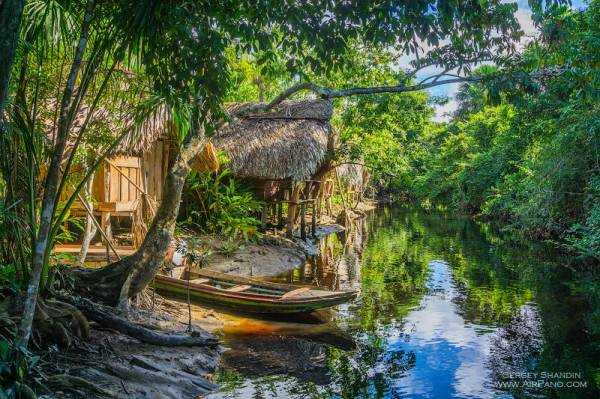
“Warao” means “boat people,” and all life in the delta is built around watercraft. Even the word for “house” – janoko – means “place for a boat.” This describes quite well the Indians’ attitude to their home, which is usually a platform made of planks or palm trunks. On top is a roof for protection from the rain, also made of palm leaves or reeds. There are no walls at all. A few hammocks woven by women from palm fibers – that’s all there is to their simple life.
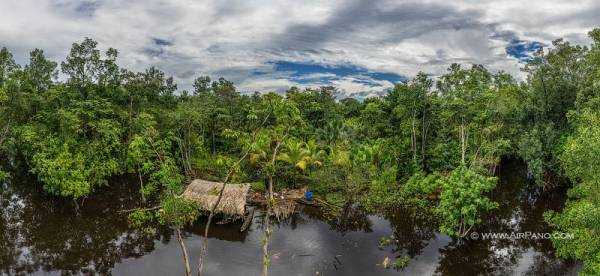
The Warao have been learning to sail boats since childhood. They rarely hunt; they mainly fish and gather. Some communities grow vegetables and rice if the soil allows. Much of the delta is a mangrove swamp, and even walking is difficult. At high tide, the water covers the tree roots, and at low tide, the marshy soil is exposed, and thousands of tiny crabs and millions of mosquitoes emerge from their hiding places.
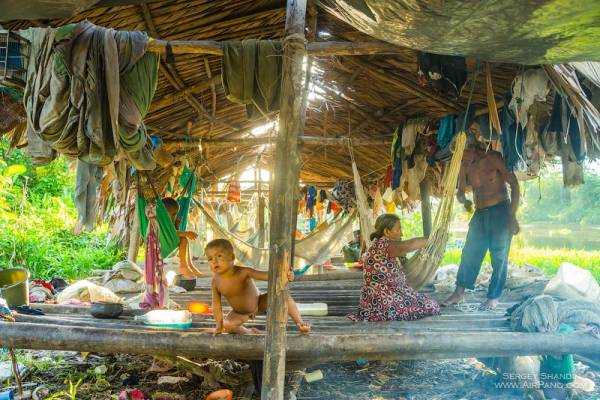
We stayed in a small hotel on stilts, located deep in the jungle. There were thick nets on the windows, canopies over the beds. But even with repellents, all this did not protect us from mosquitoes. As night fell, they were everywhere. The local cat was bitten to such an extent that his ears and nose swelled twice as big.
The next day we went to the Indians. They greeted us very cordially: everyone from young to old came to look at us, and then proceeded to treat the guests.
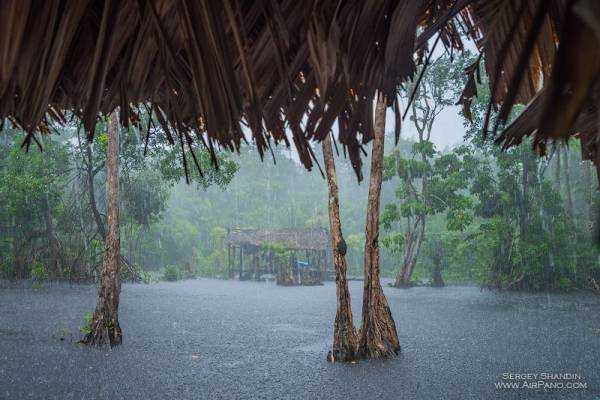
Palm trees are not only a building material, but also a source of food. A coconut worm, a large white larva, is planted in the trunk of a felled palm tree. After a few weeks, the worms gnaw away the core to the state of loose dust. The dust is raked out, soaked in water, rubbed through a sieve, a kind of dough is made and a “pie” is baked. It tastes a little sweet, sticky, but pleasant. The worms themselves are also a delicacy: they are eaten raw or fried.
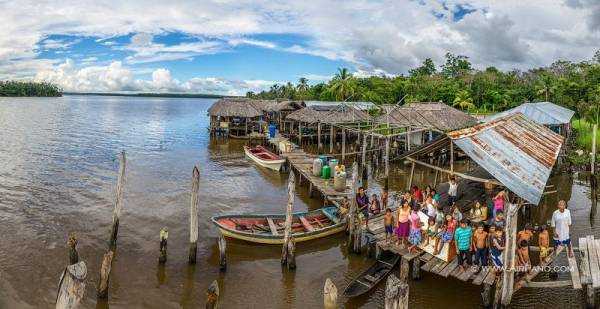
The diet also includes fish – quite unusual. There are many piranhas in the small channels. Contrary to popular belief about their bloodthirstiness, they apparently do not pose a danger: both children and adults swim there. The Indians cook a delicious soup from piranhas, and sometimes birds, which they hunt with slingshots, end up on the table. There are guns, but homemade, for one shot, with flint locks; they are loaded from the muzzle.

Warao families are large and have many children. However, the total population is small: only about 20,000 people. A very big problem is the lack of medical care, and as a result, tuberculosis and fevers are common.
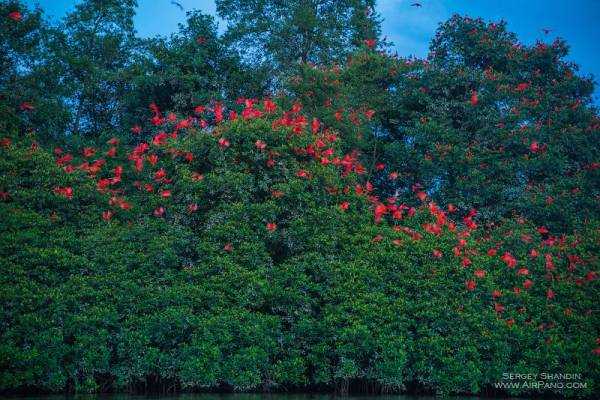
Despite the difficult living conditions, the Warao smile a lot. Life in the jungle has taught them to be content with little and enjoy simple things. Previously, there were government programs in Venezuela to support the Indians: schools were built, electricity was brought to the villages. But with the onset of a severe economic crisis, small peoples were left to their own devices. They live as their ancestors did hundreds of years ago, receiving everything they need from nature, believing in a hunter-god, and sailing on their boats.
Source: travel.ru


